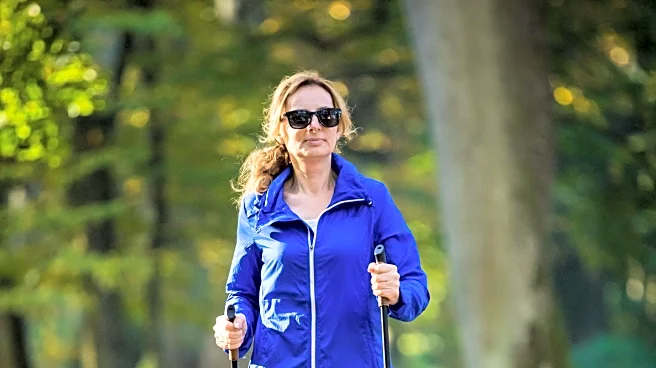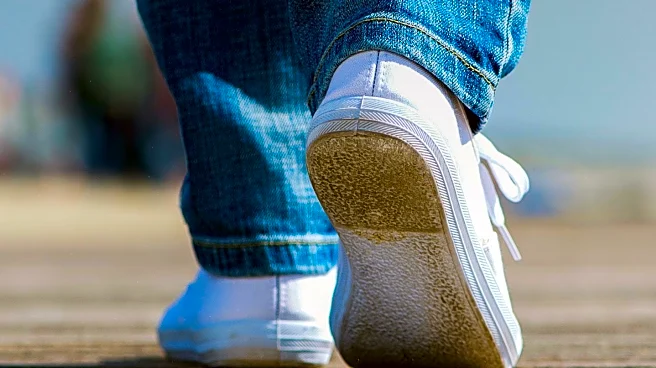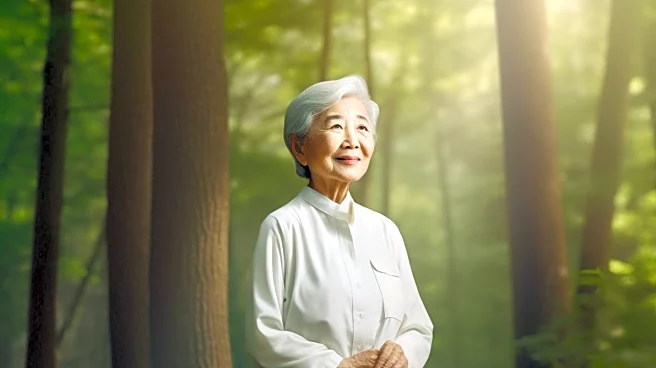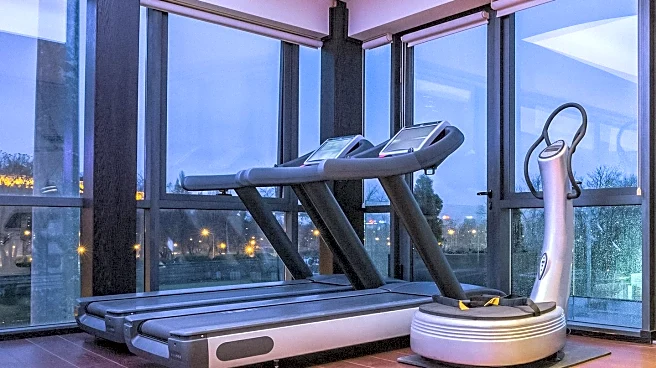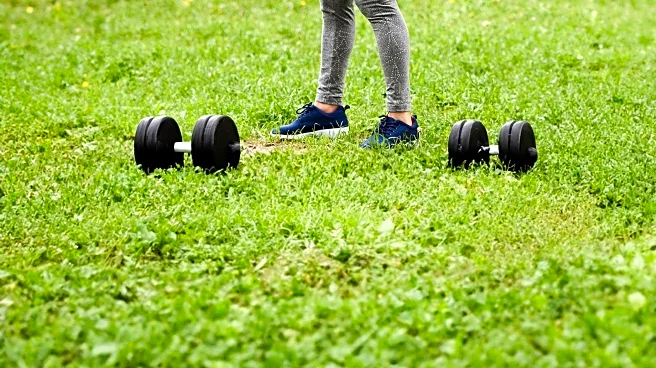What's Happening?
Nordic walking, a fitness activity that combines walking with the use of poles, is gaining traction as a full-body workout. Originally developed for cross-country skiers to train off-season, Nordic walking engages
both the upper and lower body, offering benefits such as improved endurance, strength, posture, and flexibility. The activity is accessible to people of all ages and fitness levels, and can be performed on various terrains. Experts like Malin Svensson, a master trainer with the International Nordic Walking Association, advocate for its benefits, noting its ability to reduce stress on joints and enhance cardiovascular health.
Why It's Important?
The rise in popularity of Nordic walking reflects a broader trend towards accessible outdoor fitness activities, especially in the wake of the pandemic. As people seek low-impact exercises that can be performed solo, Nordic walking offers a viable option that enhances physical health without requiring extensive equipment or facilities. This trend could influence public health positively by encouraging more individuals to engage in regular physical activity, potentially reducing healthcare costs associated with sedentary lifestyles. Additionally, the sport's ability to improve balance and coordination makes it particularly beneficial for older adults.
What's Next?
As Nordic walking continues to gain popularity, there may be increased demand for specialized equipment, such as Nordic walking poles, and training programs to ensure proper technique. Fitness centers and outdoor clubs might start offering classes or group sessions to cater to this growing interest. Furthermore, research into the health benefits of Nordic walking could expand, providing more data to support its inclusion in fitness regimens.
Beyond the Headlines
Nordic walking's growth could also lead to cultural shifts in how outdoor activities are perceived, potentially fostering a greater appreciation for nature and outdoor exercise. This could have long-term implications for environmental conservation efforts, as more people engage with natural landscapes.
